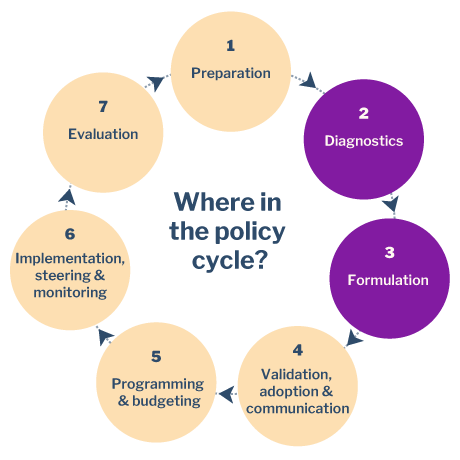Nudging technique: Role modeling

On a plane, the flight attendant calls for a doctor. A black female doctor immediately offers her help, but is refused. Instead, the flight attendant accepts the help of a doctor who happens to be an older white man. This might sound like it comes from another era, but this is a true story that happened to Dr. Tamika Cross in 2015.
In response to this and similar stories, women started a campaign called #thisiswhatadoctorlookslike to show that women (in particular black women, and in general anyone who is not an older, white man) are doctors too. The campaign went viral, and many female doctors posted a picture of themselves using the hashtag. In a similar campaign, #ilooklikeanengineer was created after recruitment ads featuring a female engineer were accused of using a model and not a real engineer.
Both hashtags were created to raise awareness about how social expectations and biases of certain professions still exist. They communicate a collective experience that previously went unnoticed, challenging unconscious stereotypes and assumptions about a given gender role. Like role modeling, they normalize the idea that men and women can be anything we want to be.
Where in the policy cycle can this approach be used?

Potential for change
“Hashtag activism” has been used in numerous movements, although it is almost always non-institutional in origin. The core of the nudge – the impact of collective stories/solidarity on social assumptions – has parallels in government-run awareness campaigns that effectively communicate the emotional stories of real individuals.
This type of grassroots movement depends on a critical mass of participation from individuals who see their involvement as a part of something larger. When this critical mass is reached, the movement has the potential to make a big impact.
Sources
Flynn, Vinnesha (2016): Black Women Are Doctors, Too: #ThisisWhataDoctorLooksLike ![]() .
.